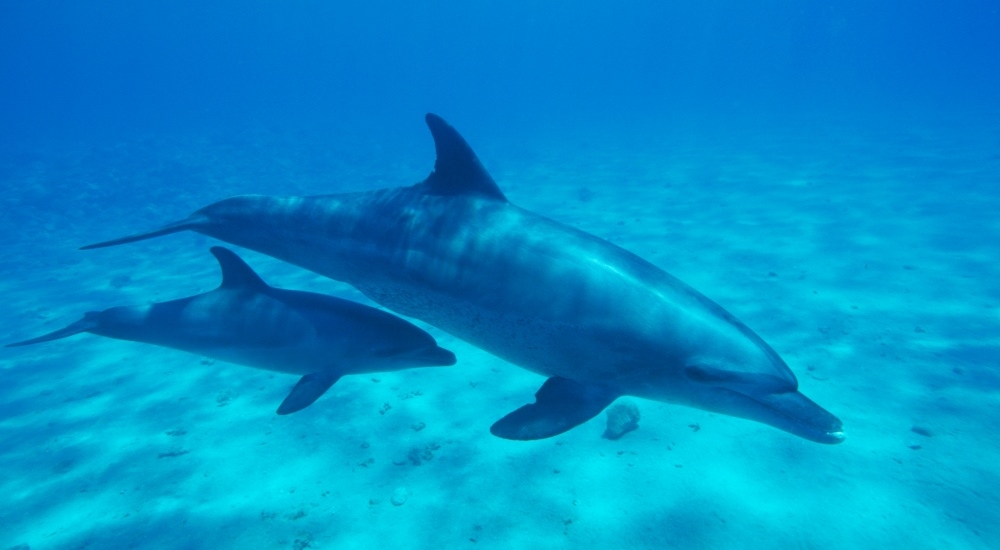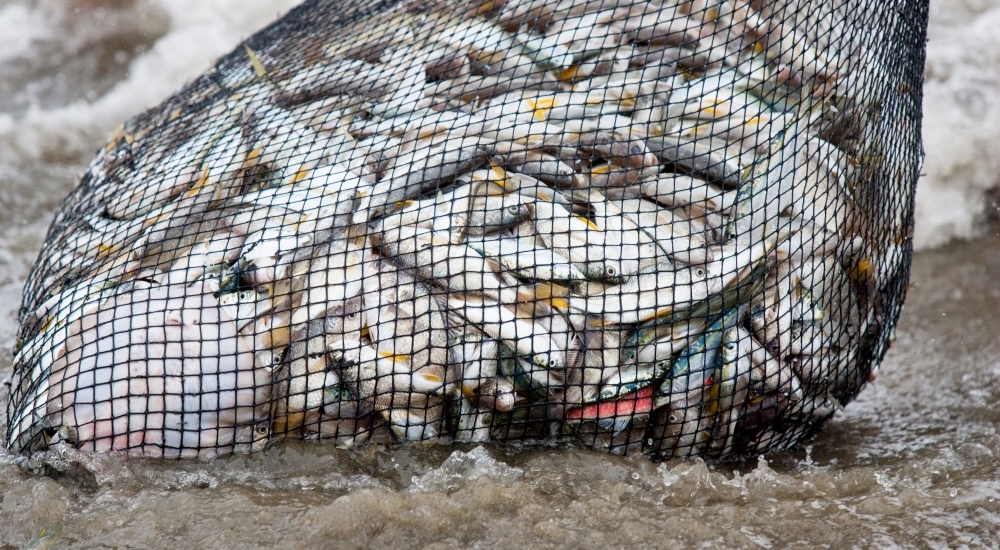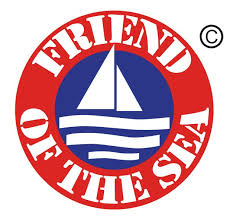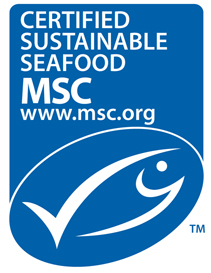Sustainable Fishing
[@access_control@] [@article_id@] [@blog_author@] [@blog_content@] [@blog_id@] [@blog_subheader@] [@blog_subject@] [@category_id@] [@category_name@] [@category_ref@] [@category_subheader@] [@ccat_id@] [@compat_id@] [@compat_list_id@] [@compatcat_description@] [@compatcat_description2@] [@compatcat_fullname@] [@compatcat_name@] [@compatcat_ref@] [@content@] [@content_allow_reviews@] [@content_author@] [@content_compatibility_code@] [@content_description1@] [@content_description2@] [@content_description3@] [@content_external_ref1@] [@content_external_ref2@] [@content_external_ref3@] [@content_external_src@] [@content_fullpath@] [@content_id@] [@content_label1@] [@content_label2@] [@content_label3@] [@content_level@] [@content_module@] [@content_name@] [@content_ref@] [@content_short_description1@] [@content_short_description2@] [@content_short_description3@] [@content_type_code@] [@content_type_id@] [@content_type_name@] [@content_wufoo_form@] [@date_posted@] [@date_updated@] [@description@] [@description2@] [@external_ref@] [@gp_restriction@] [@id@] [@name@] [@page_content@] [@page_editor@] [@page_header@] [@page_id@] [@page_index@] [@page_subheader@] [@parent_ccat_id@] [@parent_content_id@] [@parent_id@] [@rating@] [@reviews@] [@short_description@] [@sortorder@] [@subtitle@] [@templatebody@] [@templatefoot@] [@templatehead@] [@templatesearch@] [@thumb@](CODE) [@thumb_alt@](CODE) [@thumb_alt1@](CODE) [@thumb_content_type_id@] [@timestamp@] [@title@] [@url@]
We’ve been told to eat more fish because it’s full of omega-3s, low in fat and high in protein. And mostly we do and we’re healthier for it. But how often do we think about how this fish has been caught? We have the ability to make a choice and ensure the fish we eat has been caught with the lowest impact possible. We also have the choice to eat fish that is not on the brink of extinction. Eating sustainable fish means certain fish species will not be overfished, and that more quickly growing fish can have a go on our plates. It also means our fragile marine ecosystems and the fish and wildlife that call it home will not be decimated by indiscriminate fishing practices.
.jpg)
What is sustainable fishing?
Sustainable fishing is about catching wild-caught fish in a way that doesn’t lead to over fishing, it doesn’t harm other species or damage our precious marine environment. Can you imagine if the next generations didn’t know what tuna tastes like because we’ve fished them out of existence? It’s not that farfetched. Sustainable fishing is about making sure that our consumption of fish doesn’t mean that we endanger the amount of fish we have in our waters. It means we don’t overfish certain species and instead leave enough for them to repopulate. It also means we make sure that the way we do fish doesn’t damage the environment or catch other marine species, like turtles or dolphins.
Sustainable fishing also takes into consideration the wellbeing of the fishermen and the communities (often in developing countries) that rely on the oceans and fishing for their livelihood. Unfortunately, fair working conditions don’t exist in many of these areas so fishermen are paid poorly and exploited by the highly powered multinational companies and governments that should protect them.
What are the main concerns?
Industrial fishing
Overfishing is exacerbated by the equipment industrial fishing boats use. Dragnets can be one hundred kilometres long and sweep up everything in their path. One of the biggest concerns about large-scale fishing is that it leads to fish becoming endangered. The UN’s Food and Agriculture Organization have found that over 70 per cent of the world’s fish populations are either depleted or fully exploited. The biggest problem facing us at the moment is the overfishing of tuna. Currently we are eating tuna faster than the tuna can reproduce. The WWF estimate that the breeding stock of blue fin tuna will be wiped out within three years unless we drastically reduce the amount of unsustainable tuna we eat. If we are buying tinned tuna in Australia, we are buying yellowfin and bigeye tuna that is also becoming dangerously overfished. Greenpeace produce a guide to buying sustainably caught tuna, and you can find it at http://www.greenpeace.org/australia/en/what-we-do/oceans/Take-action/canned-tuna-guide/.

Bycatch
When fishing vessels go out, they catch other things in their nets besides their intended catch and modern fishing practices are incredibly wasteful. Other marine species such as whales, dolphins, sharks, rays, porpoises and turtles get caught in the nets with Greenpeace estimating that up to 300,000 whales, dolphins and porpoises are killed in fishing nets each year. These are then thrown back into the ocean, sometimes dead, sometimes injured. This is known as bycatch. Greenpeace estimate that 27 million tonnes of bycatch are caught every year. To put it a different way, for every two kilos of fish caught throughout the world, over a quarter of that is bycatch.

Discarded fish
Related to the practice of bycatch is the waste of discarded fish. You’ll remember the TV chef, Hugh Fearnley-Whittingstall, from his River Cottage series. In 2010, he travelled around the UK and talked to fishermen, fishmongers, marine conservationists and the public. He found some terrible things about the way fishing is currently done in Europe. Under EU fishing quotas, over half of all the fish caught in European waters have to be thrown back into the sea, dead. This is because the EU licences fishermen to catch certain types of fish, and when they catch others, they have to throw them back in the water.
Environmental impact
Not all fishing methods are created equal. Almost all of the methods that catch huge amounts of fish also catch huge amounts of bycatch. Nets catch dolphins and porpoises and longline fishing catches birds, sharks and sea turtles. Bottom trawling is the worst offender of all, and fishermen plough over the bottom of the seabed and cause massive destruction, ripping away entire marine ecosystems including corals, sponges and fishes. The best way to catch fish with minimal environmental impact is pole-and-line fishing where specific fish are targeted in their natural environment.
Illegal fishing and piracy
Illegal fishing means unlicensed companies catch fish in waters they are not authorised to fish in. It’s not just red tape, or a matter of simple licence fees. Illegal fishing makes it extremely hard for fish stocks to be managed and is a huge contributor to overfishing. Illegal fishing is one of the critical reasons why bluefin tuna is on the brink of extinction. Managed fisheries stop people fishing during the months of April and June when bluefin tuna is breeding, but illegal fishing continues through this period meaning the stocks are never replenished. The European Commission estimates that worldwide, illegal fishing makes about AU$12 billion a year.
Unfair fishing
Illegal fishing tends to affect poorer countries that rely on fishing for their income, food security and livelihood. Firstly, countries in areas like the Pacific region earn money from licensing their seas to be fished from. Illegal fishing takes away this income from an already poor region. Secondly, illegal fishing wipes out the fish in that area and means the local fishermen have to go out further for a poorer catch or fish all the year around with diminishing returns. Finally, illegal fishing usually treats its fishermen very unfairly. The fishermen are exploited and not given suitable working conditions or wages.
What can be done about it?
Buy sustainably caught fish
There are definitely more options today when it comes to buying tinned fish that is sustainably caught. Before buying make sure you read the labels and look for terms such as “pole and line caught” and look for logos such as the Marine Stewarding Ship logo and Friends of the Sea logo below:
 |
 |
The Greenpeace Canned Tuna Guide is another great resource that helps you choose which canned products to buy. Overfishing of tuna is currently our biggest problem, and the guide shows exactly how to make a sustainable choice. For fresh fish, you can find out exactly which fish in Australia are sustainable through the Sustainable Seafood Guide. It’s put out by the Australian Marine Conservation Society, and there are a few ways you can get the information. You can buy the book, use the guide online or download the free iPhone app. The guide simply and clearly shows which fish are in danger of being overfished and which are sustainable. Either go to their website (www.amcs.org.au) or to iTunes and search for the Sustainable Seafood Guide.
Diversify
We can diversify which fish we eat. If we think about what fish we’ve eaten in the past week, how much of that was one of the three old favourites of flake, salmon or tuna. Learn more the types of fish that breed fast, are short lived and don’t mingle with other fish so fishing means there is limited bycatch. The Sustainable Seafood Guide is perfect for this and can lead you to trying squid, calamari, blue swimmer crab, mackerel, trevally, whiting, bream, farmed oysters, sardines and farmed scallops.
Ask where your fresh fish was caught
At your fishmongers, supermarket or restaurants ask where your fresh fish has been caught. Some locally caught fish is endangered, so check Guides such as the ones mentioned earlier. While you’re asking, ask how the fish were caught. Ask the fishmonger which fish were pole-and-line caught which means that the fish were targeted in their habitat, rather than trawled with masses of bycatch.
Buy from Fish4Ever
This company has led the way with sustainable fishing and is still a world leader. Fish4Ever have a "sea, land, people" approach which makes them so unique.
Fish4Ever promise to deliver good canned fish. Good in taste and quality. Good in health and nutrition. Good in sourcing practices, right from the fishing itself all the way through to the people that produce it and the communities impacted.
In regards to their fishing practices, Fish4Ever don’t catch fish that are bottom dwelling so no bottom trawling has taken place and no fragile eco-systems have been destroyed. They don’t catch fish during breeding season, and don’t catch fish that are endangered or undersized. They use the most sustainable fishing method possible, pole and line, and ensure all the fishermen are paid fairly.
Fish4Ever is also an action brand. They continue to campaign for better fishing and a better world and demonstrate how a small company can achieve great things.
Speak to your local store
Ask your local store to stock pole-and-line caught tuna. Again Fish4Ever is the best and most sustainable option and one to choose whenever you can.
For more information:
- Greenpeace Canned Tuna Guide, go to: http://www.greenpeace.org/australia/en/what-we-do/oceans/Take-action/canned-tuna-guide
- The Australian Marine Conservation Society has the Australian Sustainable Seafood Guide as well as information about sustainable fishing. Go to: www.amcs.org.au
- The leaders in sustainable fishing are Fish 4 Ever. Their website also has a recipe page. Go to: http://www.fish4ever.co.uk/welcome-to-fish-4-ever
- Go to the UN’s website at www.un.org and look up overfishing to find the sobering stats on overfishing;
- It is estimated that $23.5 billion is globally financially lost each year due to illegal fishing. WWF is actively campaigning to tackle this problem and huge wastage. You can read about it here: http://www.worldwildlife.org/threats/illegal-fishing
- Hugh Fearnley-Whittingstall’s campaign to change the fishing laws in Europe has tips on how to buy fish sustainably: www.fishfight.net







